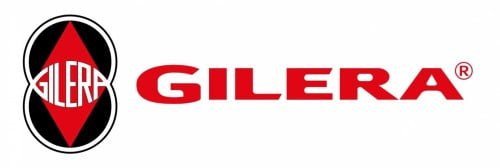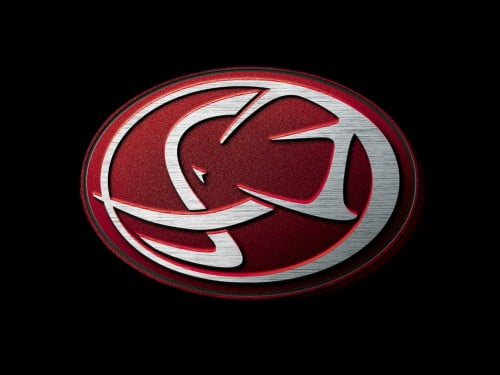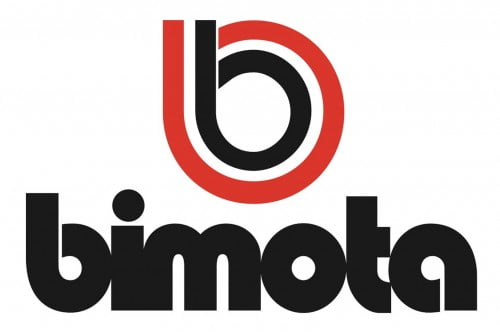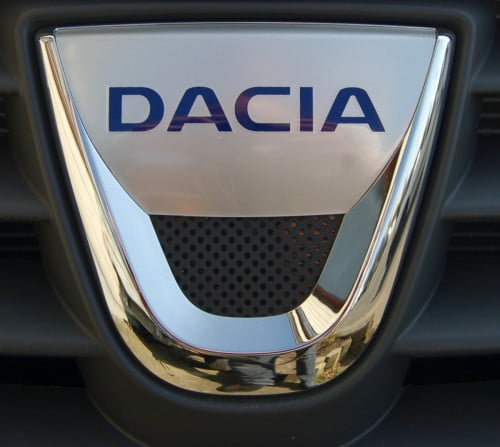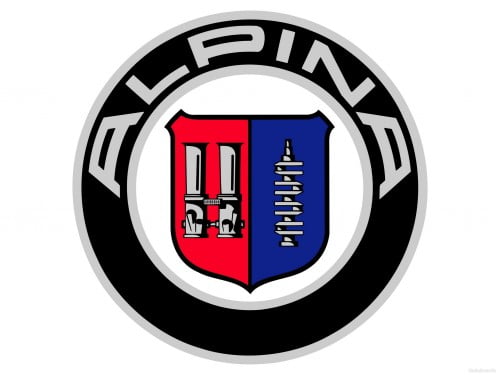Gilera Logo — Gilera is a company Italian manufacturer of motorcycles, established in Arcore in 1909 by Giuseppe Gilera. In 1969 it was bought by the Piaggio Group, which currently has six Italian brands (Aprilia, Gilera, Moto Guzzi, Piaggio, Vespa and Laverda) and Spanish (Derby), being the fourth largest motorcycle manufacturer in the world.
In 1935 Gilera acquired rights to the Rondine four-cylinder engine, which was the basis for their racing machines for nearly four decades. Based on that engine developed a range of engines four times from 100cc to 500cc. More
